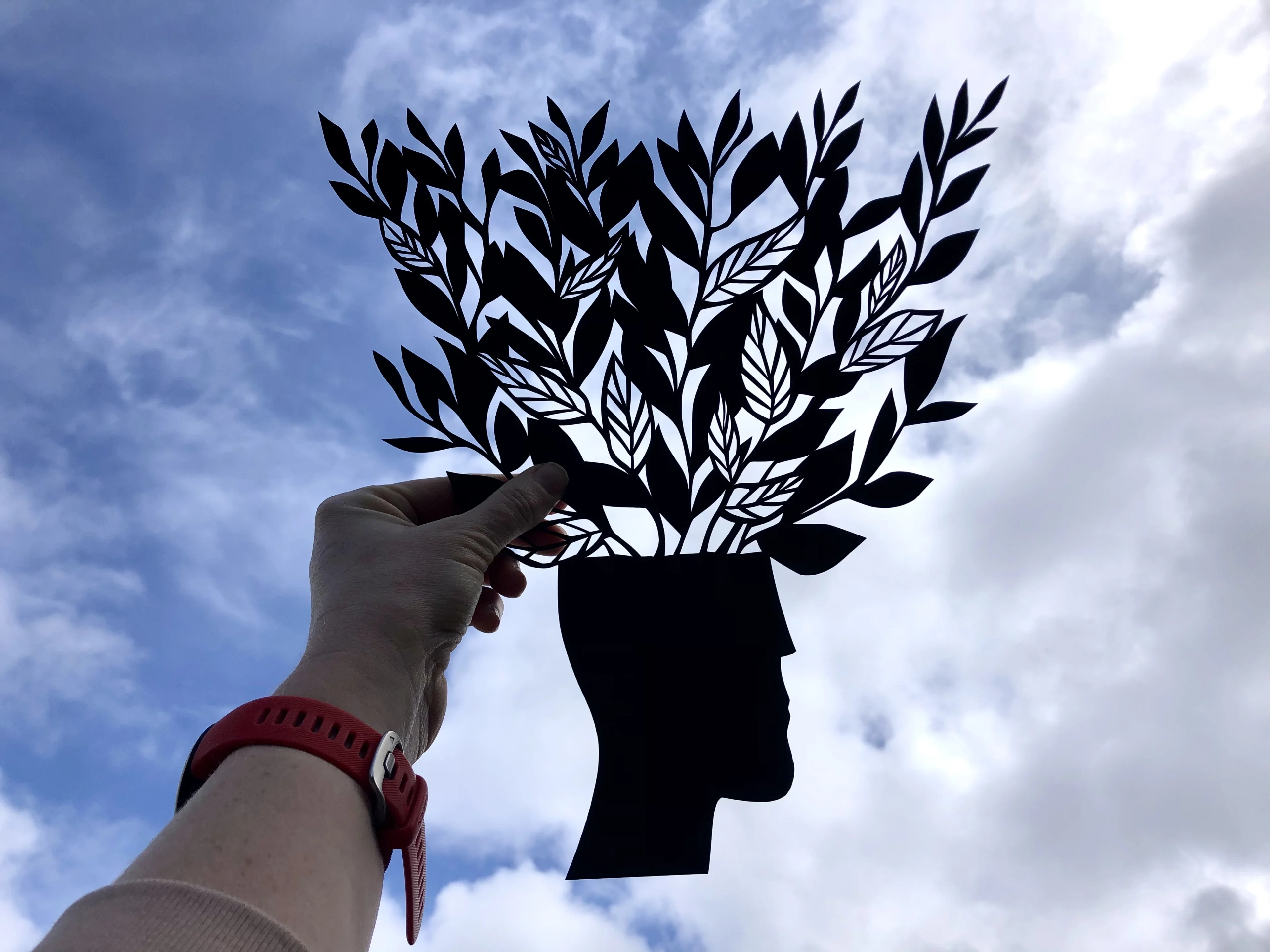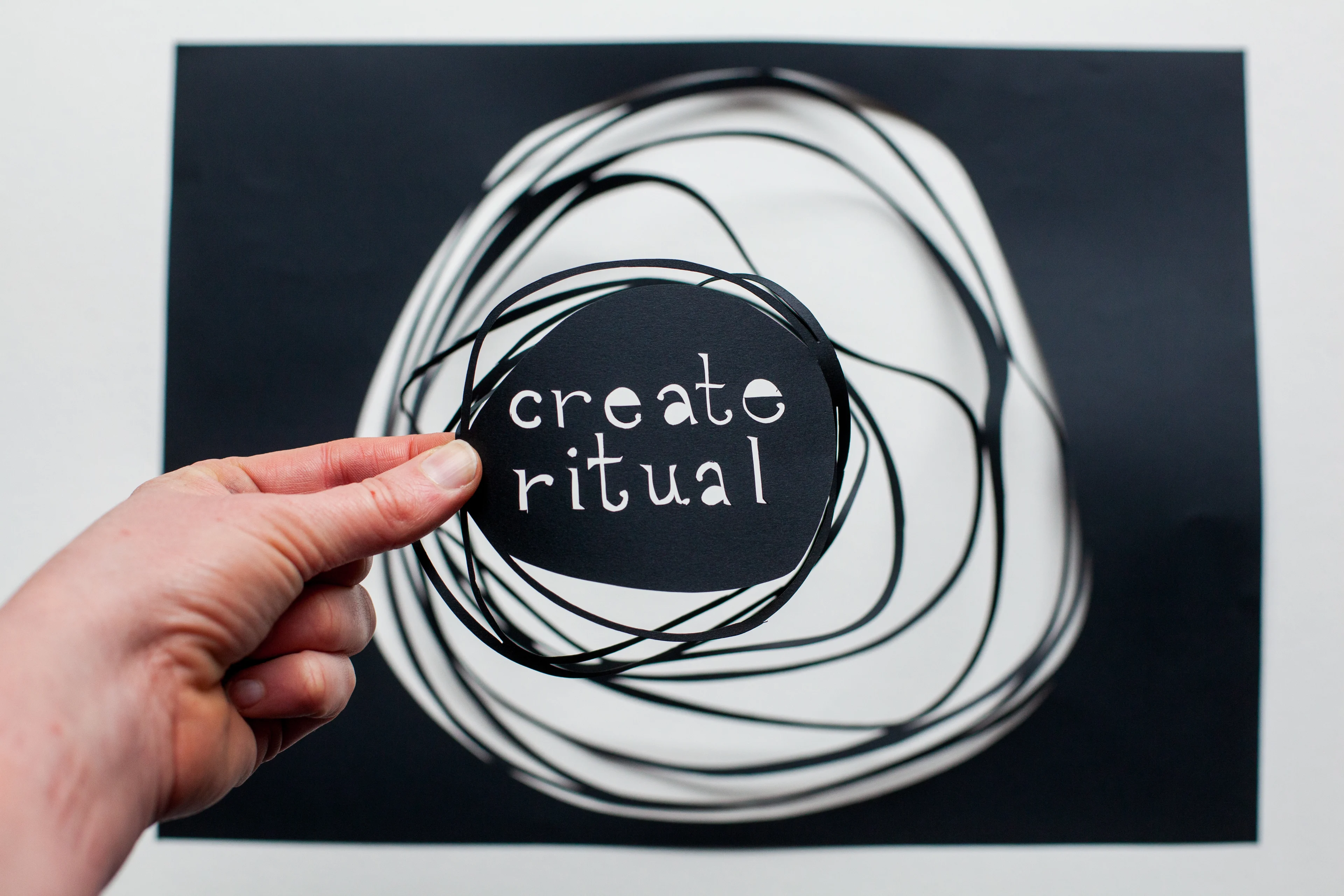The Creative Fuel Series: Why we need nature in our creative practice
- 2 May 2022
- ByAnna Brones
- 2 min read

Nature can be a refuge, a solace, a source of inspiration. As artists, most of us have probably looked at a natural setting or organism—a sunset, a tree, a bird, a flower—and admired its beauty, maybe even taken that beauty and tried to replicate it in the studio. But nature does far more than offer a dose of stunning aesthetics.
Just like we all need creativity, we all need nature, and it’s essential for our wellbeing.
Imagine that you’re standing in a forest. You’re surrounded by tall trees painted in numerous shades of green and brown. Through the branches you can see patches of sky. Your ears are alert to the gentle sounds of birdsong and the rustle of wind in the branches. You take a deep breath in and exhale out. How do you feel? A sense of stillness? Maybe refreshed? A little bit more grounded? A little more awake? In that case, you’re not alone.
“Being outside always makes me feel calmer, and it's a kind of reset,” says artist Val Lucas of Bowerbox Press. “If I'm having a less-than-great day, a quick hike or even a few minutes in the garden always helps.”
Lucas’ experience tracks with research, and the way that scientists and health professionals are thinking about nature. As humans, we’ve evolved with nature. In fact 99.9% of our time on this planet has been spent living in the natural environment. As that has shifted, our urbanized and modern environments have caused a “stress state,” our body’s response to the grind of our everyday lives. That hasn’t been great for our mental health, and a return to nature may just be the cure. In the late 1980s and early 1990s, Stephen and Rachel Kaplan popularized the Attention Restoration Theory (which coincidentally is referred to as ART), proposing that nature has the capacity to help us with mental fatigue and concentration. That’s particularly useful in the digital age when we are constantly surrounded by distraction and information overload. Time in nature can help to facilitate that reset that Lucas refers to.
Just like nature helps us, not getting enough of it can have a detrimental effect. For example, modern, urban living has an impact on our senses, and it can harm our mental wellbeing as well. In 2005, author Richard Louv coined the non-medical term “Nature Deficit Disorder” to help describe what happens when we lose our connection to nature, and can have a particularly significant impact on children. Over 15 years since Louv coined the term, today some countries are even offering “green prescriptions,” where medical professionals are prescribing time in nature to their patients.
The scientific research on the link between nature and human wellbeing is constantly growing, and we’re gaining a better understanding of why nature is so important for us. For some of the same reasons that creativity is an essential part of our wellbeing, nature helps bolster our own creative process thanks to its numerous cognitive and physical benefits. Time in nature can make us feel less stressed and improve our moods, both of which can be a catalyst for our creative process. It even makes us feel more alive.
“I feel at peace when I’m outside,” says artist Jessica Roux, whose illustrations are focused on flora and fauna and reminiscent of old scientific and botanical drawings. “I spent my first few years out of college living in Brooklyn, where I did not have a garden, where the plants I grew up seeing did not grow. It was a tough time in my life, especially just starting out in my career and struggling a bit,” says Roux. Around that time she got a dog and they started going for walks in the park a few times a day. “That helped improve how I was feeling immensely,” says Roux, “and I think it helped my work improve as well.”
Roux and Lucas aren’t alone in feeling that nature helps to fuel their creative practice. Whether it’s because we see something inspiring, or our brain has the opportunity to reset, or we just get a general sense of calm, there are a lot of ways that nature helps us to be creative; that’s good for us as artists but also society as a whole. As Florence Williams writes in the book The Nature Fix: Why Nature Makes Us Happier, Healthier, and More Creative, “We don’t experience natural environments enough to realize how restored they can make us feel, nor are we aware that studies also show they make us healthier, more creative, more empathetic and more apt to engage with the world and with each other. Nature, it turns out, is good for civilization.”
Bringing more nature into our creative process
If nature is good for creativity, we’d be well-served to work on incorporating more of it into our everyday lives. But how much nature do we need for its benefits? One study suggests around 120 minutes a week, which comes out to about 17 minutes a day.
Small, regular doses of nature can have a significant impact on your creative workflow. You can take inspiration from the Japanese concept of shinrin-yoku, or “forest bathing,” which has been shown to have numerous benefits. But even just getting outside for a walk can help to keep the creative juices flowing. “I get all my best ideas when I go for walks with my dog, Molly. We walk in a local park along the greenway, and we see things like red shouldered hawks, herons, turtles, and more,” says Roux. “Whenever I’m feeling stressed or anxious, going on a walk helps me sort through those feelings.”
Walking and creativity definitely go hand-in-hand. A Stanford study found that creative output increased by 60% when participants walked instead of sitting, and all the better if you have a local park or greenspace to take that walk in. This can make getting outside not a luxury or frivolous habit, but an essential one. “It seems counter-intuitive to say that taking an hour-long walk during the day actually means I get more work done, but it’s true,” says Roux. “The quality of that work is better, too.”
You may also want to consider longer stints in nature. In fact, one study showed a 50% increase in creative capacity after participants spent several days in nature. Williams in The Nature Fix agrees. “Short exposures to nature can make us less aggressive, more creative, more civic minded and healthier overall. For warding off depression, let’s go with the Finnish recommendation of five hours a month in nature, minimum,” writes Williams. “But as the poets, neuroscientists and river runners have shown us, we also at times need longer, deeper immersions into wild spaces to recover from severe distress, to imagine our futures and to be our best civilized selves.”
Just like you might consider doing a longer creative retreat once a year, plan out how you might invest in these more robust, extended doses of nature.
A good excuse to stay curious
While impactful, those longer stints can often feel intimidating and aren’t always accessible, yet there are lots of ways to incorporate nature into your everyday routines. Roux, who gardens, points out that, “my own backyard is a constant source of inspiration for me.” Even if you don’t have a backyard, find the nearest park and head in that direction, because urban greenspaces have been shown to have physiological and psychological benefits—among them, reducing stress.
Besides putting you in a more relaxed headspace, getting more nature into your everyday life can be a good excuse to start to explore what’s around you. Having grown up outside of the city, when Lucas first moved to Baltimore City she felt disconnected from nature. “However, there are so many hidden places of greenness in Baltimore, and even some surprisingly large parks, with wild mushrooms and flowers and birds,” says Lucas. “Once I found where those parks were, I was able to get back to those relaxing walks in the woods, and to look for the little hidden flowers or find a bird you'd never expect to see in the city.”
That curiosity can feed into our work as well. “Every time I walk in the woods or even just out in the yard, I'm looking for inspiration—what's blooming at this time of year?” says Lucas, whose work incorporates all kinds of natural elements from wildflowers to mushrooms. “From purple-speckled white violets in the yard to delicate orchids and mushrooms in the forest, each season has something different to see, so my work shifts with the seasons as well.”
Bringing nature into your work
Nature can help to spark creativity, but it’s also a tool that artists can use in their work. It’s clear that we need time in nature, but even looking at art with nature in it has been found to be beneficial. Looking at fractal patterns which appear in nature can help to reduce stress, and even nature backgrounds have been shown to improve creativity during Zoom calls.
For artists who are inspired by nature, that tangible element of being outside can carry through in their work. “You can touch the dirt, smell the flower, hear the stream,” says Lucas. “You can't get that from sitting inside, but the memory of it sustains me while I'm working on a carving in the studio, or setting up a new product on my site.”
Roux, who considers nature her number one source of inspiration agrees. “I don’t know what kind of work I would create if I didn’t have the time I spent outside, but I don’t think it would be impactful or as successful.”
Whether it’s more walks, tending to some plants, or making it a priority to spend longer stints of time outside, nature is integral to our creative process, and we could probably all use a little more of it.
2 May 2022
Words by:Anna Brones
- Share
